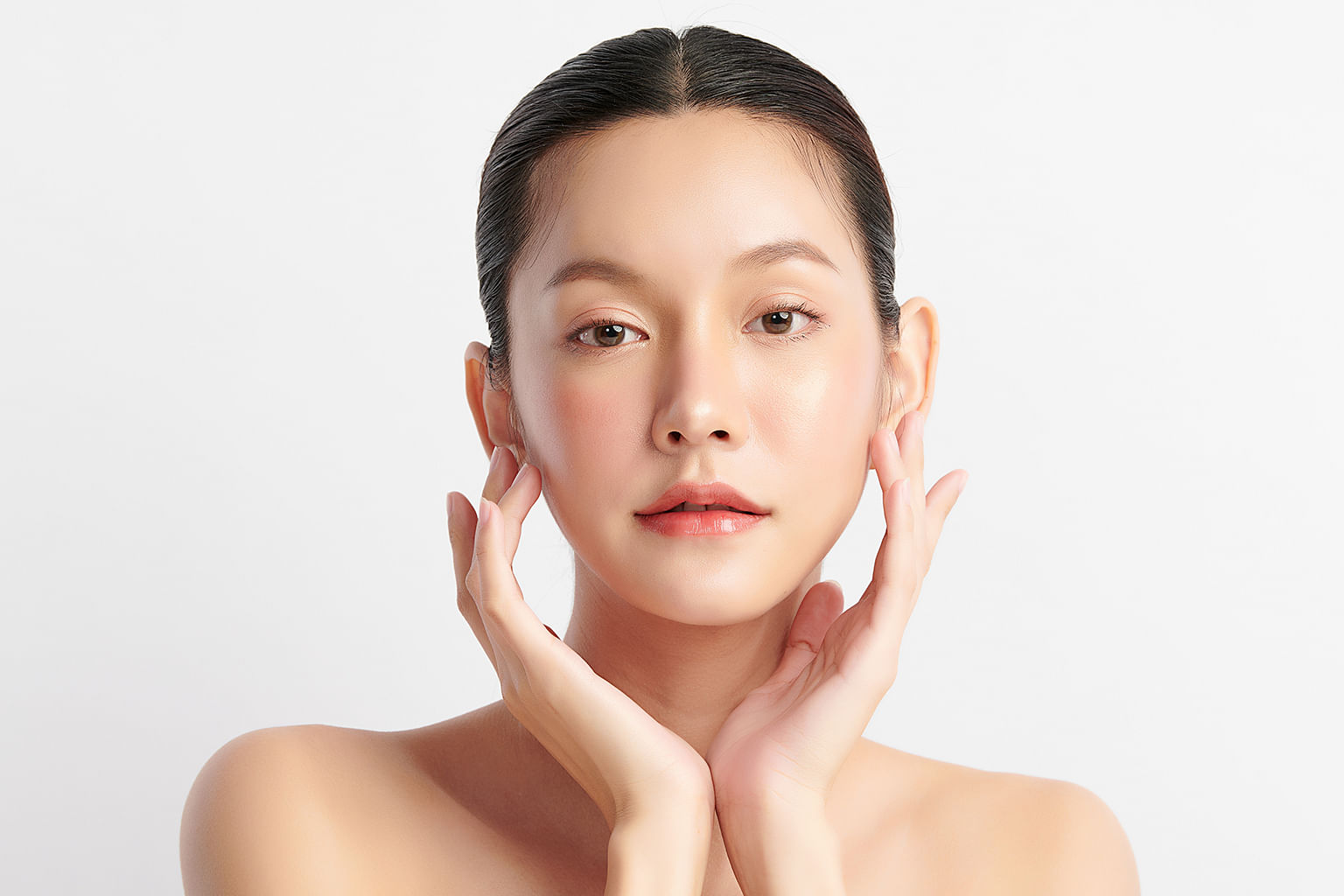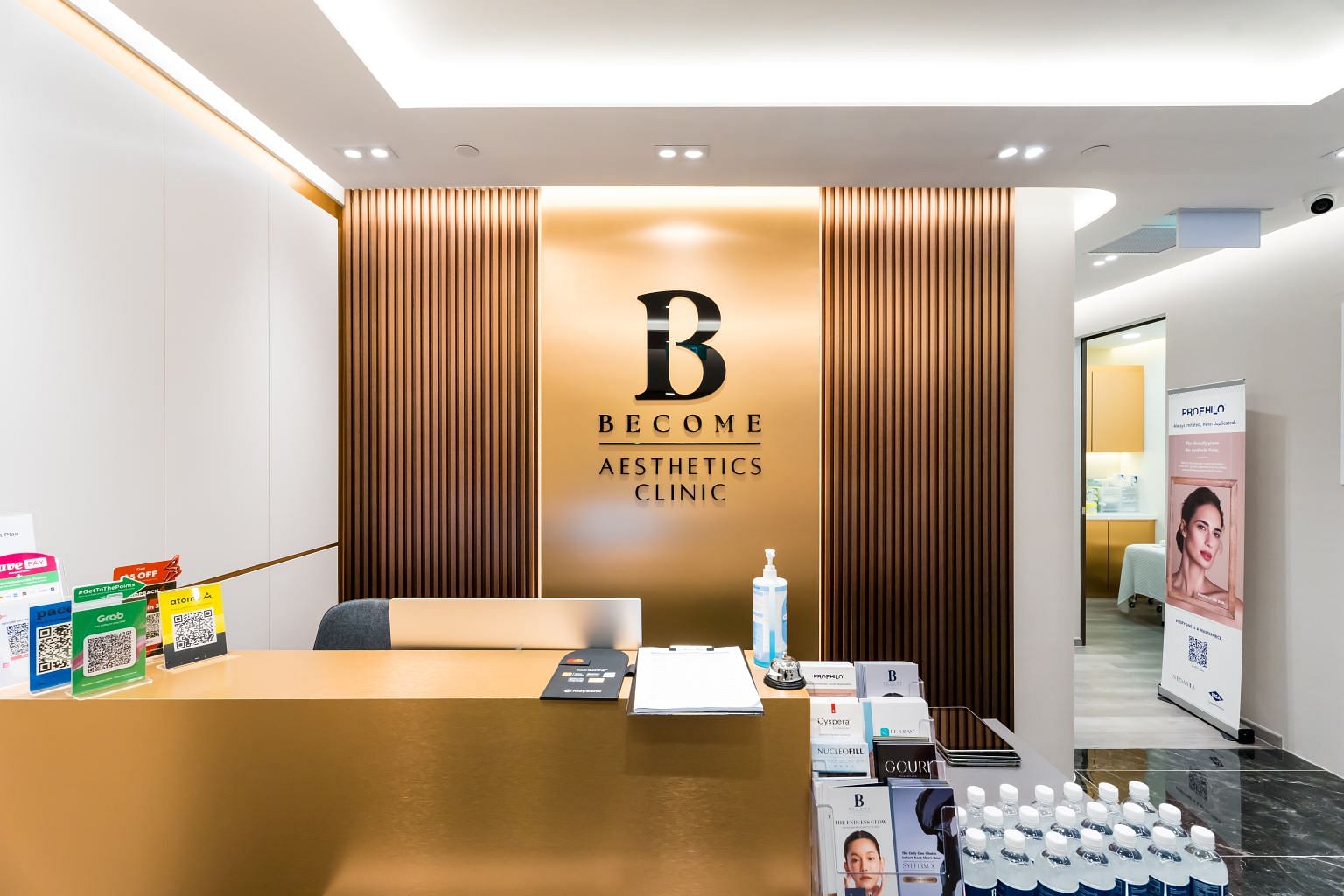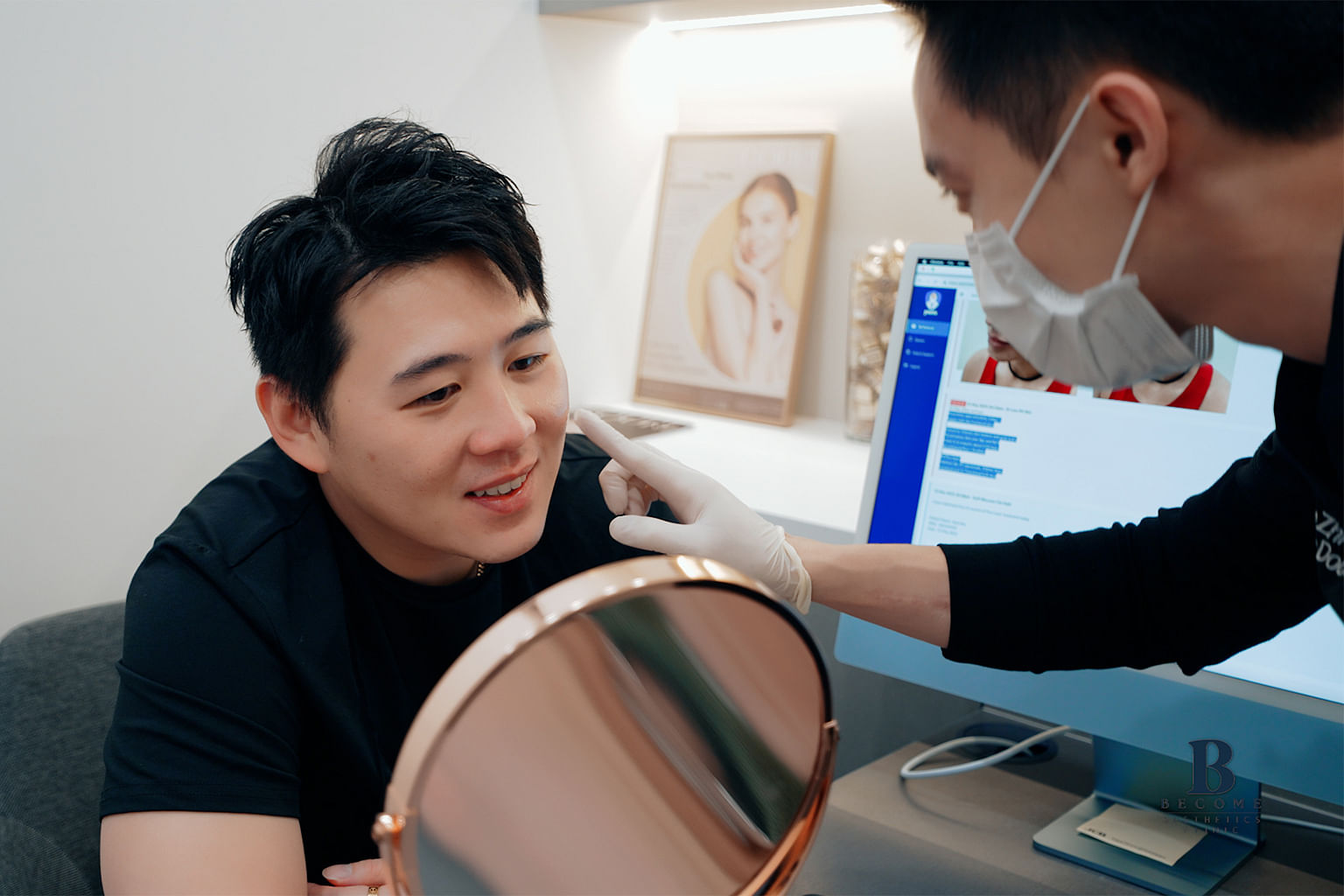BRANDED CONTENT
Give your skin a fresh start: How the Pico laser addresses acne scars, fine lines and pigmentation
The non-invasive treatment can also be customised to suit your comfort level and is an option for first-timers, says aesthetic doctor Chin Kok Ping

The Pico laser treatment can address a range of facial concerns such as collagen depletion, pigmentation and fine lines. PHOTO: SHUTTERSTOCK
Follow topic:
In the ever-evolving landscape of facial aesthetics, laser-based treatments have emerged as an option for those who are looking for a non-invasive way to rejuvenate their skin without surgery or heavy downtime.
The Pico laser, which has been in the market for more than four years, is one such treatment that can address a variety of facial issues. These include acne scars, pigmentation, sunspots, wrinkles and enlarged facial pores. It can also be used to help boost collagen production and remove tattoos.
“The Pico laser is generally safe for adults of all ages, especially first-timers to aesthetic treatments, because it heats up the underlying tissues without harming the surface of the skin, resulting in a shorter recovery period post-treatment,” says Dr Chin Kok Ping, an aesthetic doctor at Become Aesthetics Clinic.
“It is popular among people who value convenience, and who have concerns like acne scars, sunspots or fine lines that they want to address without extensive downtime.”
Before determining if a person is suitable to undergo the laser treatment, Dr Chin looks at his or her skin type, specific skin concerns, medical history, expectations, previous treatments and lifestyle factors.
Here are four things to know about the Pico laser before deciding if it is the right choice for you, says Dr Chin.
The treatment is customised to suit your skin and comfort level
The Pico laser utilises picosecond technology, which delivers laser energy in very short pulses called picoseconds. These pulses are faster than traditional lasers, allowing for more precise targeting of skin concerns such as pigmentation, acne scars and wrinkles.
The rapid pulses break down pigment particles and stimulate collagen production, leading to skin rejuvenation.
Patients may feel a slight tingling or snapping sensation as the laser pulses are emitted. However, the strength of the laser can be adjusted depending on the sensitivity of the treatment area and the patient’s pain threshold.
When patients undergo a second session, how their skin has reacted to the previous session is also taken into consideration – for instance, whether there was redness and swelling – when deciding if the strength of the laser should be increased or decreased for the next round.
“The strength of the laser depends on how deep the pigmentation is, what the skin concerns are, and what kind of results the patient is looking for,” explains Dr Chin.
“If patients are comfortable with the temporary redness or swelling, we will provide aftercare instructions to mitigate it.
“However, if they are worried about the after-effects, the strength of the laser can be adjusted, but results may not be seen as quickly. The doctor will usually recommend the best course of treatment to achieve what the patient desires.”
Five to 10 sessions are recommended

Prior to the session, patients will have a short consultation with their doctor to assess their skin’s condition and clarify any questions they may have.
When the session begins, the doctor will apply numbing cream to the patient’s face and leave it on for 10 minutes before the actual procedure, which takes another 10 minutes.
A patient will usually need five to 10 sessions, spaced four to six weeks apart, to see optimal results. “This varies based on the individual’s needs and response to treatment,” says Dr Chin.
To maximise the effects of Pico laser, he says you can combine it with complementary treatments such as Rejuran, which boosts collagen production; Profhilo, an injectable treatment to hydrate skin; or skinbooster injections that help enhance skin quality.
Those who desire a more lifted or tightened effect can combine the Pico laser with other energy-based treatments such as Hifu (high intensity-focused ultrasound facial); or Sylfirm x, a type of radio frequency microneedling treatment.
There is minimal downtime post-treatment

As the Pico laser pulses are delivered in micro bursts, it minimises heat build-up in the skin, reducing the risk of damage and cutting recovery time.
You might experience temporary redness or swelling that lasts for one to two days. “Sun protection is applied after the treatment and make-up can be worn on top of that,” adds Dr Chin.
Some post-treatment care is still needed. At home, topical remedies such as a soothing gel can help. You should also avoid sun exposure and active ingredients such as vitamin C and retinol in your skincare routine for a few days after your treatment, says Dr Chin.
He adds that with proper skin care and maintenance, patients may see continued improvement in skin texture and tone. “Results can last for months or years with proper skincare maintenance.”
It is not suitable for everyone
Dr Chin says the Pico laser treatment is generally safe for all skin types and skin tones, including darker skin tones, due to its low risk of pigmentation changes.
However, it is not suitable for individuals with certain medical conditions, such as seizures triggered by light, or active skin infections such as eczema. It is also not recommended for those who are prone to keloid scarring, which is when a scar caused by an injury such as a cut, burn or body piercing keeps growing and becomes bigger than the original wound.
Hence a thorough consultation with an experienced doctor, to deem if one is suitable for the treatment, is required.


